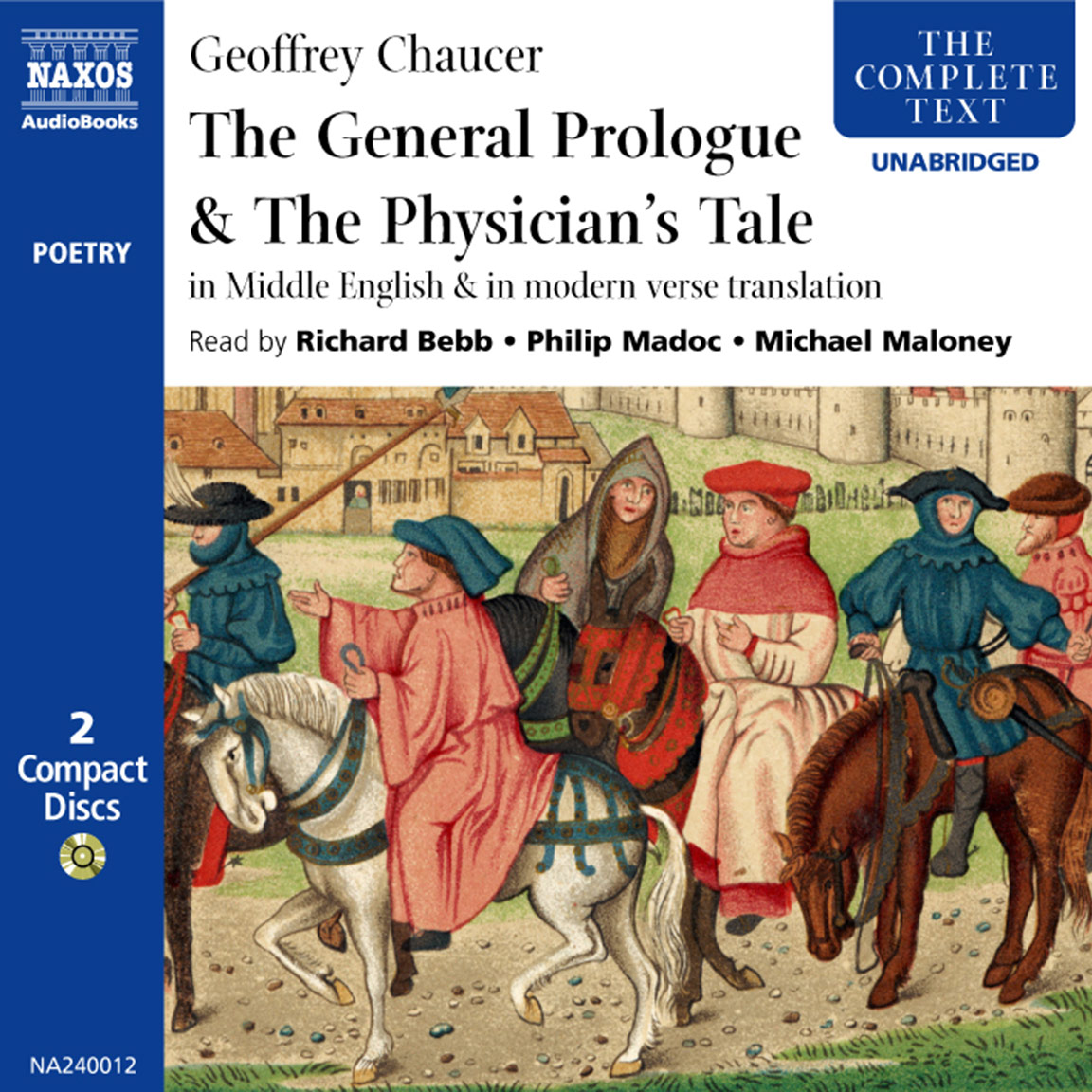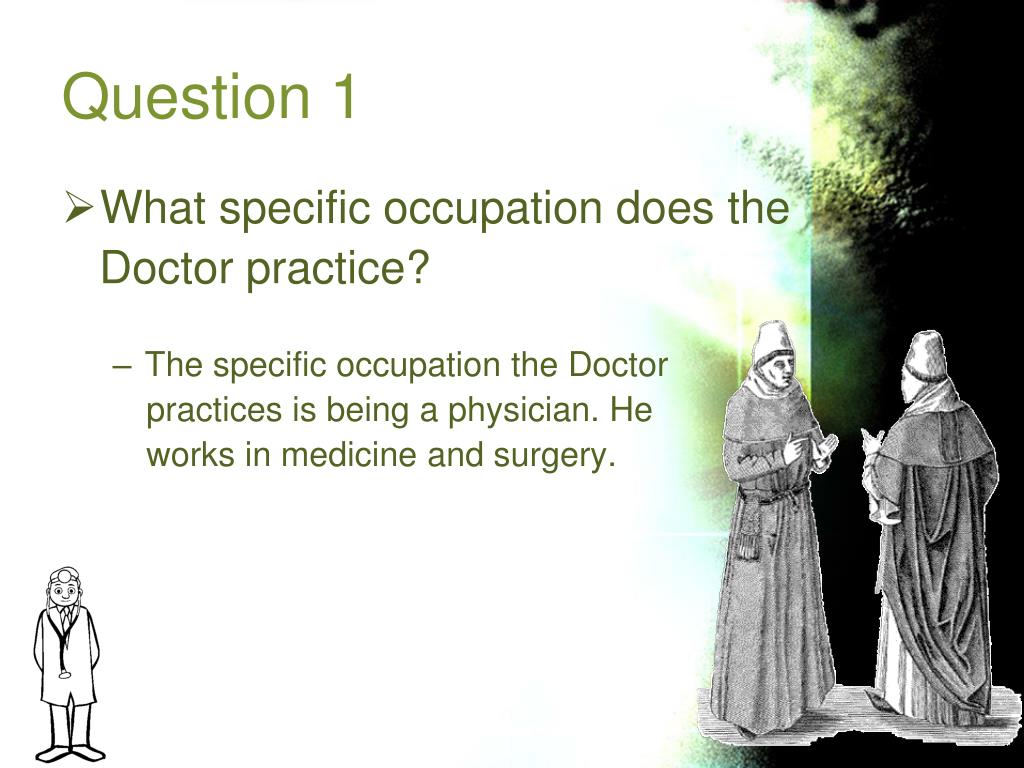


Other parallels – the names of the principal characters (Livy’s Appius Claudius and Marcus Claudius are called simply Appius and Claudius respectively in both the Roman and in Chaucer) the omission of elements central to Livy’s version of the story such as the references to Icilius, Virginia’s betrothed, and the fully developed historical context and Virginia’s death by beheading in the Roman and Chaucer instead of by stabbing as in Livy – all identify the French poem as the primary source of Chaucer’s tale.There is no one better at his profession than the Doctor of Physics. But verbal echoes are not the only evidence for Chaucer’s indebtedness to Jean de Meun.

Of the ninety lines that make up the narrative portion of the tale, twenty or so are close imitations of the Roman, where it appears as part of Reason’s discourse on the superiority of love to justice. As commentators long have recognized, however, this attribution merely translates a line – “Si con dit Titus Livius”– from the Roman de la Rose, and thus signals Chaucer’s dependence on the condensed retelling of Livy’s anecdote in Jean de Meun’s portion of the Roman.

The Physician names Livy as the story’s author in the opening line of his tale. The story of the maiden Virginia, her father Virginius, and the corrupt judge Appius that forms the basis of The Physician’s Tale began life as a piece of Roman historiography – perhaps invented to illustrate the abuse of power by the decemviri – and found its definitive form in Book 3 of Livy’s history of Rome. John of Wales, Communiloquium 559 (Venice, 1496) Vincent of Beauvais, De eruditione filiorum nobilium 553 (ed. Guillaume de Lorris and Jean de Meun, Le Roman de la Rose 549 (ed.


 0 kommentar(er)
0 kommentar(er)
